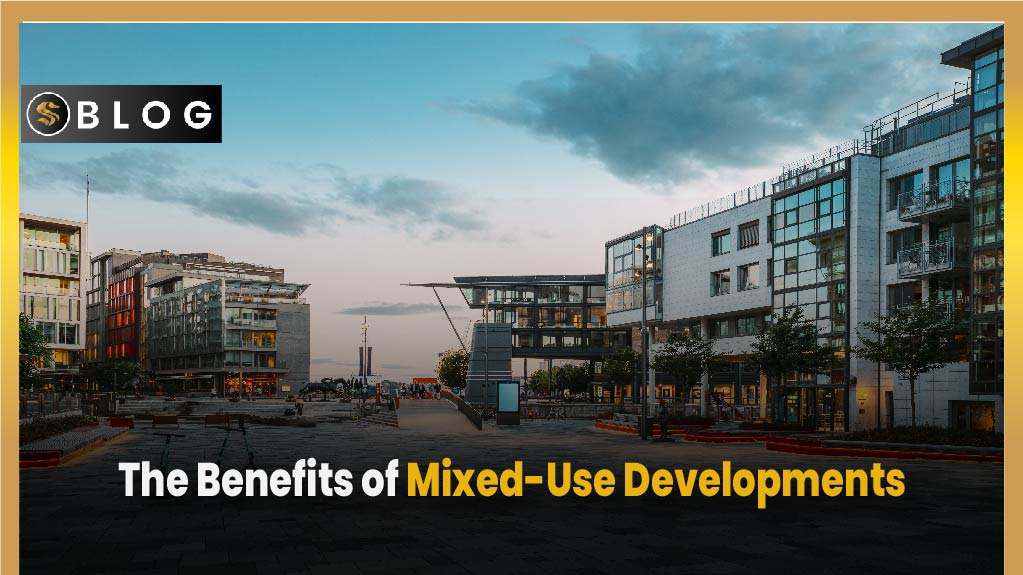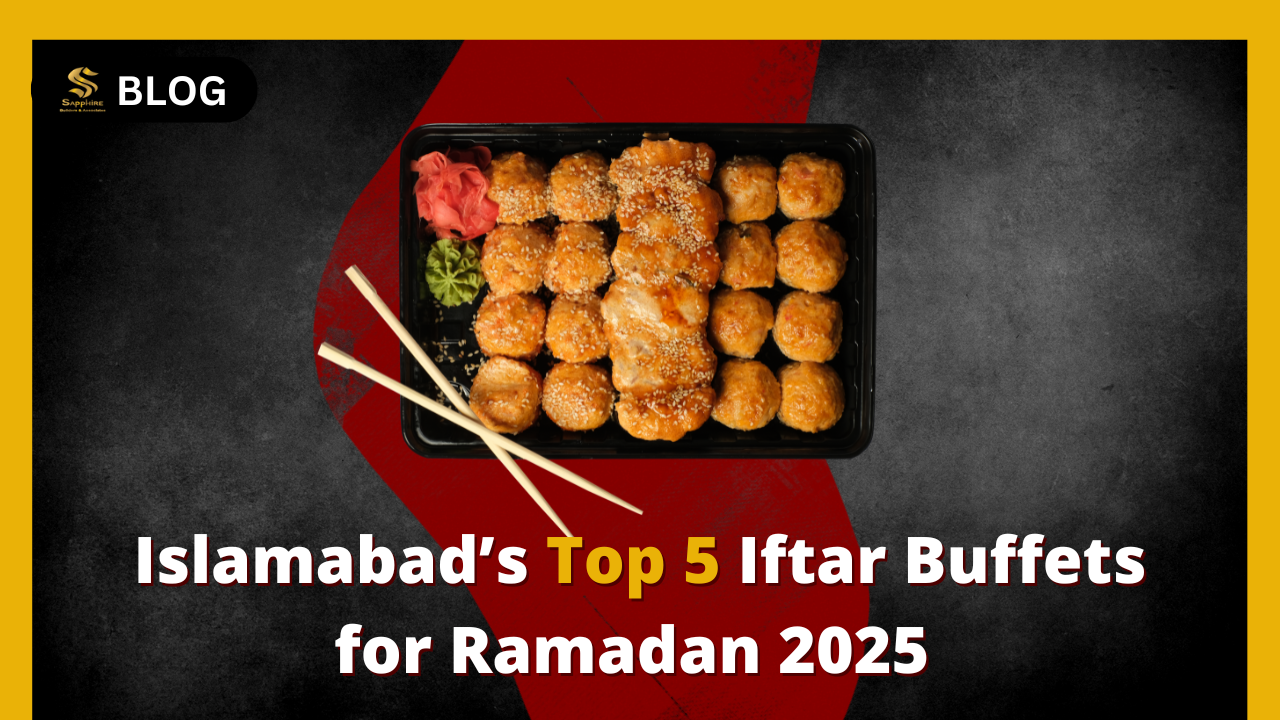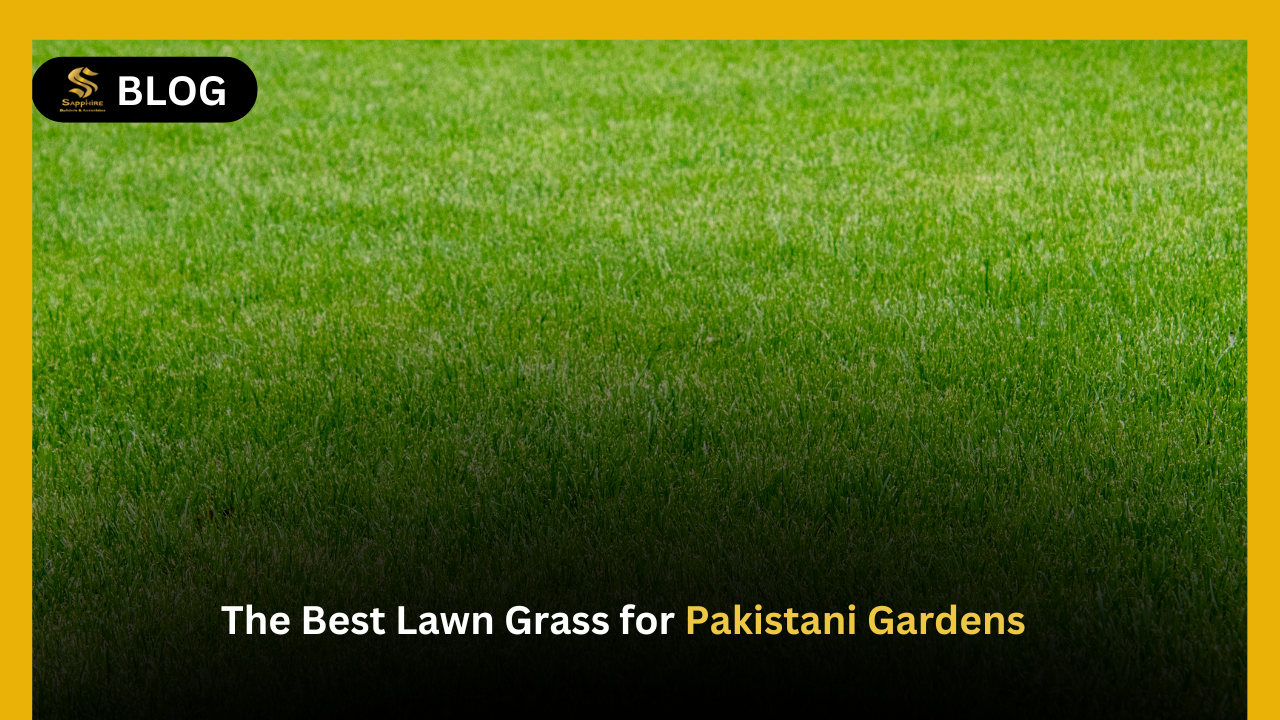
Share This Story, Choose Your Platform!
The Benefits of Mixed-Use Developments: Why They’re the Future of Urban Living
As cities around the world continue to evolve, the way we live, work, and play is changing. One of the most significant shifts in urban planning and real estate development is the rise of mixed-use developments. These projects, which combine residential, commercial, and recreational spaces in one cohesive area, are quickly becoming the blueprint for the cities of the future. From improving convenience and sustainability to fostering community, mixed-use developments offer numerous advantages that are reshaping urban living.
In this blog, we’ll explore the key benefits of mixed-use developments and why they represent the future of modern cities.
1. Convenience and Accessibility
One of the most attractive features of mixed-use developments is their inherent convenience. By combining homes, offices, shops, restaurants, and entertainment venues within a single space, residents no longer need to spend time commuting or traveling long distances for everyday needs. This integration creates a self-contained environment where everything is within walking distance, reducing the reliance on cars and public transportation.
For example, residents of a mixed-use development can work in the office building next door, grab lunch at a café downstairs, and shop for groceries on the way home—all without leaving the area. This level of convenience appeals to busy urbanites who value efficiency and enjoy the benefits of a “live, work, play” lifestyle.
2. Sustainability and Reduced Environmental Impact
Mixed-use developments are an essential part of the movement toward more sustainable urban living. With their focus on walkability and reduced reliance on cars, these developments help lower greenhouse gas emissions and traffic congestion in cities. Fewer cars on the road mean less air pollution and a smaller carbon footprint, making mixed-use developments a more environmentally friendly alternative to traditional suburban sprawl.
Additionally, the dense design of mixed-use developments often incorporates eco-friendly building practices, energy-efficient technologies, and green spaces. These features contribute to sustainable living by minimizing waste, promoting energy conservation, and creating healthier environments for residents.
3. Economic Growth and Job Creation
Mixed-use developments are not only beneficial for residents—they also contribute to local economies. By blending residential and commercial spaces, these developments create vibrant hubs of activity that attract businesses and consumers alike. As businesses open in retail and office spaces, job opportunities are generated within the development, contributing to local employment and economic growth.
These developments also tend to increase property values in surrounding areas. When businesses thrive, more people are drawn to the community, leading to increased demand for housing and a boost in the local real estate market. This symbiotic relationship between business and residential spaces ensures that mixed-use developments are economically sustainable in the long term.
You May Also Read
Eco-Friendly Architecture: How Sapphire Builders is leading the Way
4. Fostering a Sense of Community
In many urban environments, residents can feel disconnected from one another due to the fast-paced nature of city life. Mixed-use developments address this issue by fostering a sense of community through shared spaces and social interaction. With amenities such as parks, plazas, and communal areas, residents are more likely to engage with their neighbors, creating a stronger sense of belonging.
These developments often host community events, outdoor markets, and cultural activities that bring people together, enhancing the social fabric of the area. By promoting interaction and inclusivity, mixed-use developments offer a modern alternative to the isolated suburban lifestyle, where interactions are often limited to private homes.
5. Efficient Land Use and Urban Planning
As urban populations grow, cities face the challenge of accommodating more people without expanding their geographic footprint. Mixed-use developments offer a solution by making more efficient use of land. By combining different types of spaces within a single development, cities can meet residential, commercial, and recreational needs without having to build separate, sprawling neighborhoods for each function.
This efficient land use helps cities manage population density more effectively while preserving natural landscapes and reducing the need for further suburban expansion. In densely populated urban areas, mixed-use developments allow for vertical growth, ensuring that cities can continue to develop sustainably.
6. Enhanced Security and Safety
Mixed-use developments tend to be safer and more secure environments compared to single-use areas. With a constant flow of people coming and going at all hours of the day, these spaces have a natural “eyes on the street” effect, which deters crime and increases safety. The integration of residential, commercial, and public spaces means there’s always activity, reducing the risk of areas becoming desolate or unsafe after business hours.
Moreover, many mixed-use developments incorporate modern security features, such as surveillance cameras, secure access points, and professional property management, ensuring that residents and businesses feel safe within the community.
7. Resilience Against Market Fluctuations
Mixed-use developments are often more resilient to market fluctuations than single-use properties. Because they combine residential, commercial, and retail spaces, these developments can balance the impacts of downturns in specific sectors. For example, if the residential market slows, the commercial and retail aspects may continue to perform well, providing a buffer against economic volatility.
This diversification within a single development makes it a stable investment for property developers and owners. It also provides a more balanced community, as different types of spaces can support one another during market shifts.
8. Cultural and Lifestyle Enrichment
Mixed-use developments often become cultural hubs, offering a variety of lifestyle and entertainment options for residents and visitors alike. From art galleries and performance spaces to trendy restaurants and boutique shops, these developments are designed to be vibrant, engaging environments that cater to diverse interests.
For urban dwellers, this means access to a rich array of cultural and recreational activities right outside their doorstep. Whether it’s attending a live music event, dining at a new restaurant, or exploring a local market, residents of mixed-use developments enjoy a more enriched and fulfilling urban lifestyle.
Conclusion
Mixed-use developments represent the future of urban living, offering a model for sustainable, convenient, and community-oriented city life. With benefits ranging from increased walkability and reduced environmental impact to enhanced safety and economic growth, these developments are transforming the way we live in cities. As urban populations continue to grow, the demand for mixed-use developments is expected to rise, making them a critical part of the solution to the challenges facing modern cities.
For real estate investors, developers, and urban planners, mixed-use developments offer a unique opportunity to create vibrant, resilient communities that are better suited for the demands of the future. By embracing this trend, cities can foster healthier, more connected, and more sustainable environments where residents and businesses alike can thrive.
To learn more Visit our website:
www.sapphireassociate.com
info@sapphireassociate.com
UAN +92 347 9043333




